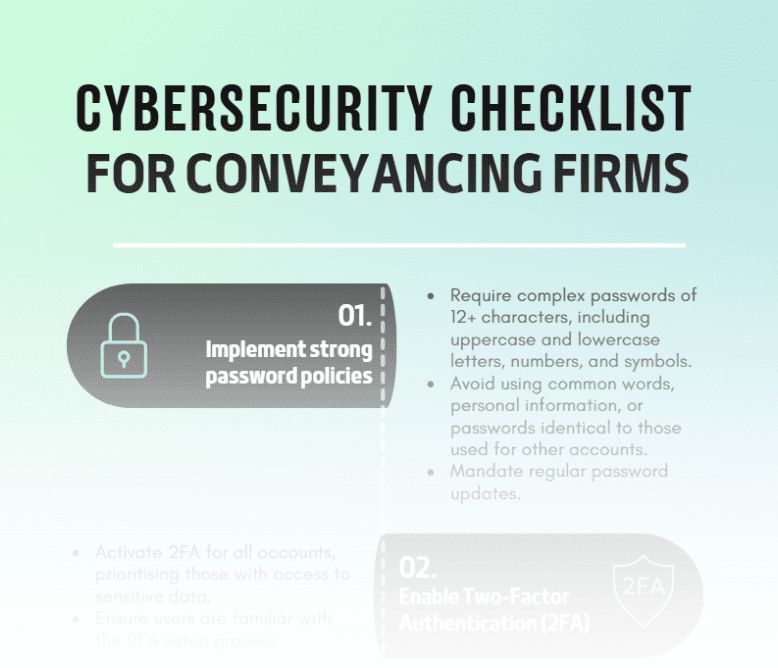Over the past decade, Australia’s conveyancing sector has undergone a technological transformation, taking it from a face-to-face and paper-based profession to one with tech disruption at its core.
To date, this evolution has taken place over two waves, one of which reshaped the conveyancing transaction and the other of which changed the way conveyancers run their businesses.
Now a third wave is upon us, built around emerging technologies like generative AI and automation. And this one could be even more disruptive, potentially even transforming the work of conveyancers themselves.
“Tools such as generative AI could impact all core legal work, including conveyancing,” says Joel Barolsky, Managing Director of Barolsky Advisors and Senior Fellow of the University of Melbourne.
“They have the potential to assist in the drafting of contracts, perform legal research, compare documents and policies and flag non-compliance – all actions currently performed by skilled humans.”
Wave three: transforming the work of conveyancing
The second wave of technological disruption hasn’t even started to peter out, and yet a third wave is already upon us.
Many conveyancers have probably already attempted to use ChatGPT, an online natural language processing tool – or chatbot – that provides human-like responses to any typed question. The Australian government reports that 47% of full-time employees have already tried it. This type of product, known as Generative Artificial Intelligence (AI), can already be used to carry out functions such as writing and coding, as well as research and analysis.
And yet this is just the tip of the iceberg, according to Professional Services Strategy Adviser, Joel Barolsky.
“Right now, generative AI is still an immature technology,” Barolsky explains. “We’re at about where the Apple iPhone 3 or 4 was, but we’re rapidly heading to the iPhone 10 or 11.”
Barolsky explains there are still genuine issues generative surrounding AI, many of which involve the security of information and its propensity to answer questions incorrectly. However, he believes that these will be resolved sooner rather than later, and that when this happens, there will be a profound impact on the legal services sector.
He argues that, when this happens, generative could move beyond how work is carried out to impact the nature of work itself.
“If you look at how CAD (computer-aided-design) impacted architects. There once were rooms full of draughts people drawing up plans for buildings. Now they’re all made redundant. I think we may see generative AI do something with many parts of the law.”
But, while this may have had a short-term effect on jobs, Baroslky points out that it also opened up new efficiencies, as well as new opportunities.
“CAD transformed the customer experience and the way architects work. They could suddenly collaborate across multiple locations and show clients 3D renderings of buildings before they’re built.”
“Designing a 40-storey building used to be a time-consuming and difficult process, now architects can do it in a day,” he explains. They can even design buildings that just weren’t possible pre-CAD.”
Barolsky says that generative AI will combine with automation and other technologies to impact different legal sectors and processes in different ways.
As this happens, he says that those businesses that back the right technology and implement it quickly almost always receive a competitive advantage.
“If you look at CAD, the first firms that embraced it got a major advantage. While the market eventually equalised, there was a real ‘sugar hit’ for the early adopters, who saw increased levels of profitability.”
At the same time, however, he cautions against jumping in and adopting unproven technology too quickly. “You don’t want to fall for the hype from either side,” Barolsky says.
“You need to be watchful and keep on top of what’s happening. Going back to our iPhone analogy, you don’t want to start off with the iPhone 1, but you also don’t want to wait until the iPhone 12. You really want to jump in with the iPhone 6 or 7.”
Balancing tech and touch
Despite the enormous potential technology brings, Baroslky notes that there are many challenges ahead. Not least of these are the well-publicised regulatory and ethical obstacles to taking up generative AI, as well as the security risks. However, he is confident that these will be addressed soon and that developments will begin to happen.
“The ethical regulatory and IP issues may put a big handbrake on takeup in the conveyancing sector and may even prove to be insurmountable. But history shows us people usually find a workaround,” he says.
“There is also the issue that most of the generative AI we’re seeing so far, such as ChatGPT and Google Bard, tends to be generalist in nature, so it’s not really suitable for carrying out legal work in its current guise.”
Again, however, Barolsky says that this is changing, pointing to the US-based generative AI app, CoCounsel, as an example of how the sector may be impacted. The app, which bills itself as an AI legal assistant, harnesses the capabilities of ChatGPT to comprehend legal documents. Its creators claim that it can carry out due diligence functions, analyse contracts and write legal clauses at a postgraduate level.
“In effect, it promises to do most of the work junior solicitors now perform,” Barolsky notes. “Technology like this could have enormous repercussions for the sector.”
But despite the intensifying pace of change, Shakila Mclean observes that the tech-driven practice is not the only model for conveyancers.
“I know of some very successful practices that are low tech, where the owners meet every client face-to-face and as much as possible remains paper-based.”
“Ultimately, it comes down to the type of business you want to be and the kind of clients you’re trying to attract. Increasingly, the younger generation, however, is tech savvy, and clients demand a high level of tech.”
For more conveyancing tech disruptions and solutions, download edition one of the Australian Conveyancer magazine.






